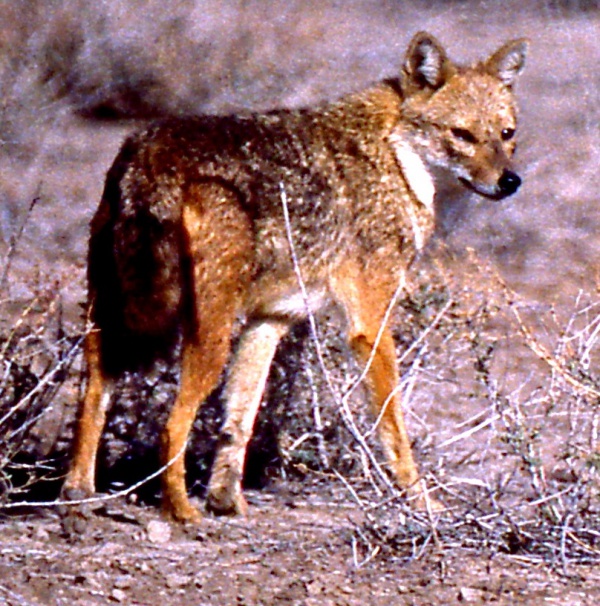Facts About Common jackal
The golden jackal, scientifically known as *Canis aureus*, is a captivating wolf-like canid that inhabits various regions across Europe and Asia. Though smaller than the Arabian wolf, the golden jackal possesses distinctive physical features. Its coat can vary in color from pale yellow to dark beige, contributing to its unique appearance. Due to its adaptability and widespread distribution, the golden jackal is classified as Least Concern on the IUCN Red List.
Genetic research indicates that the golden jackal likely expanded its range from India about 20,000 years ago. Currently, there are seven recognized subspecies of this animal, which are closely related to other canids such as the gray wolf, coyote, and African golden wolf. These jackals are social beings, typically found in small family groups. Their diet is highly varied and includes fruits, insects, small mammals, and occasionally domestic animals. They often compete for food with other predators such as red foxes, wolves, and wildcats.
Remarkably, golden jackals can interbreed with other canid species, producing fertile offspring with gray wolves and African golden wolves. In certain areas, they have even been trained for scent-detection tasks, such as at airports.
Despite their adaptability, golden jackals face several challenges. Habitat loss, diseases, and conflicts with humans—particularly over livestock predation—are significant threats. In folklore and mythology, these animals are frequently depicted as cunning and intelligent. Historically, they have been hunted for their fur, and in some areas, they are considered pests due to their impact on agriculture and livestock.
Conservation efforts for the golden jackal are concentrated on monitoring their populations and mitigating human-wildlife conflicts. While they are protected in some countries, in others, they are subject to hunting regulations. The golden jackal's unique genetic background and interactions with humans highlight its ecological importance and cultural significance in various regions.

 Armenia
Armenia